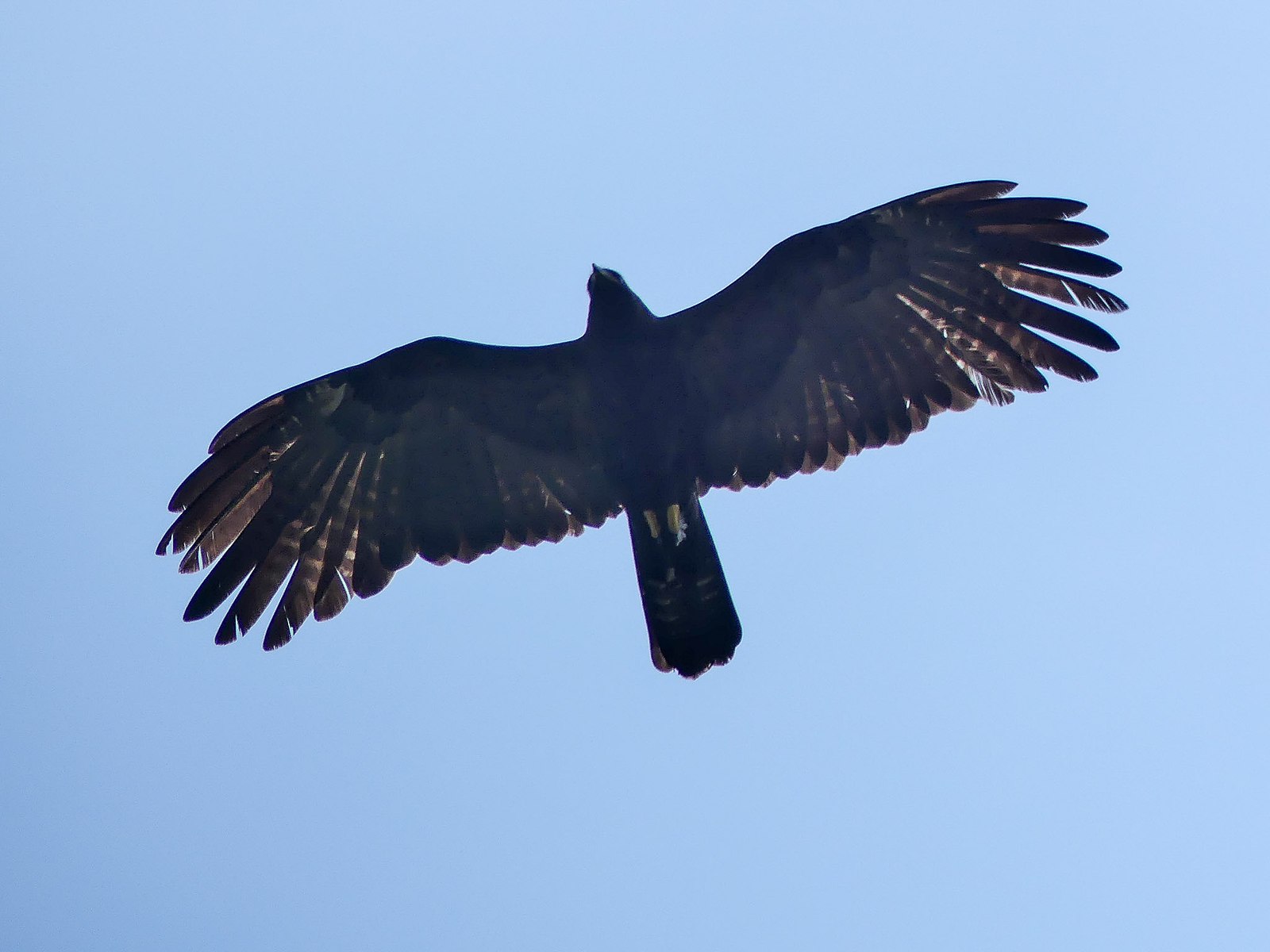Black eagles, also known as Verreaux’s eagles, are impressive birds of prey found in various parts of Africa. These majestic raptors are known for their hunting prowess, but do they also scavenge and feed on dead animals? Let’s explore the feeding habits of black eagles and find out.
The Diet of Black Eagles
Black eagles are primarily carnivorous, with a diverse diet that includes a range of prey. While they are skilled hunters, capable of taking down small to medium-sized mammals, birds, and reptiles, they are also known to scavenge and feed on dead animals.
Live Prey
The main components of a black eagle’s diet are:
- Small to medium-sized mammals, such as hyraxes, hares, and mongooses
- Birds, including doves, francolins, and guineafowl
- Reptiles, including snakes and lizards
- Insects, such as termites and beetles
Black eagles use their sharp talons and powerful beaks to capture and tear apart their prey, often feeding on the spot or carrying the carcass back to their nests to share with their young.
Scavenging Behavior
In addition to hunting live prey, black eagles are also known to scavenge and feed on dead animals. This behavior is particularly common among young black eagles, who may rely on scavenging as a primary food source during their early stages of life.
Black eagles are adept at locating and taking advantage of fresh carcasses, often soaring at low altitudes to quickly spot and access these food sources. They have been observed feeding on road-kills, as well as carrion found in their natural habitat.
Factors Influencing Black Eagle’s Feeding Habits
 Image source: Black Eagle by Mike Prince
Image source: Black Eagle by Mike Prince
The feeding habits of black eagles can be influenced by several factors, including:
-
Geographical Location: The availability and abundance of prey species can vary depending on the black eagle’s geographical location. In some areas, they may focus more on hyraxes, while in others, they may target birds or small mammals.
-
Prey Availability: The abundance and accessibility of live prey and dead animals in the black eagle’s environment can also impact their feeding behavior. During times of scarcity, they may rely more on scavenging to supplement their diet.
-
Age and Experience: Young black eagles, particularly during their early stages of life, may rely more on scavenging as they develop their hunting skills. Older, more experienced black eagles are typically more adept at hunting live prey.
-
Seasonal Variations: The feeding habits of black eagles may also be influenced by seasonal changes, such as migration patterns of their prey or the availability of carrion.
Importance of Scavenging for Black Eagles
Scavenging can play an important role in the survival and development of black eagles, particularly for young individuals. By feeding on dead animals, they can supplement their diet and acquire the necessary nutrients to grow and thrive.
Scavenging can be especially crucial during times of prey scarcity, when hunting live animals may be more challenging. By taking advantage of available carrion, black eagles can ensure they have a reliable food source, increasing their chances of survival.
Additionally, the ability to scavenge can be a valuable skill for young black eagles, as it helps them develop their hunting and foraging techniques. As they gain experience, they may become more adept at hunting live prey, but scavenging can provide a valuable safety net during their early stages of life.
Conclusion
In conclusion, black eagles are versatile predators that not only hunt live prey but also scavenge and feed on dead animals. While their primary diet consists of small to medium-sized mammals, birds, reptiles, and insects, they are also known to take advantage of available carrion and road-kills.
Scavenging behavior is particularly common among young black eagles, who may rely on it as a crucial food source during their early stages of life. The feeding habits of black eagles can be influenced by various factors, such as geographical location, prey availability, age, and seasonal variations.
Understanding the feeding behavior of black eagles, including their scavenging habits, is important for conservation efforts and wildlife management. By recognizing the role of scavenging in the black eagle’s diet, we can better appreciate the adaptability and resilience of these impressive birds of prey.
References:
– Who Eats Who? – National Park Service. https://www.nps.gov/glac/learn/education/upload/Who%20eats%20who%20chart.pdf
– Fascinating Eagle FAQ | National Eagle Center. https://www.nationaleaglecenter.org/learn/faq/
– Bateleur Eagle – The Peregrine Fund. https://peregrinefund.org/explore-raptors-species/eagles/bateleur-eagle

